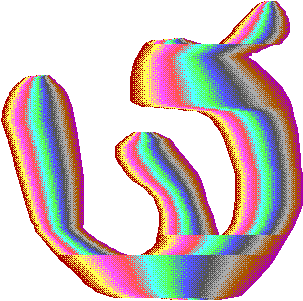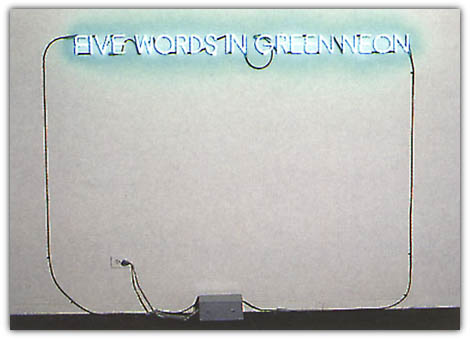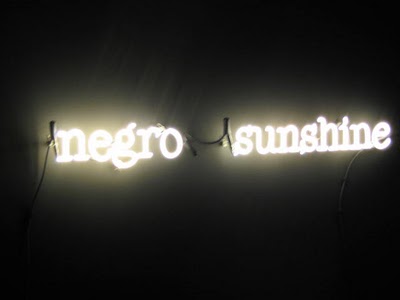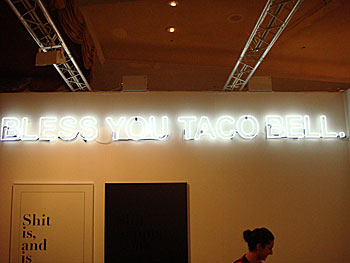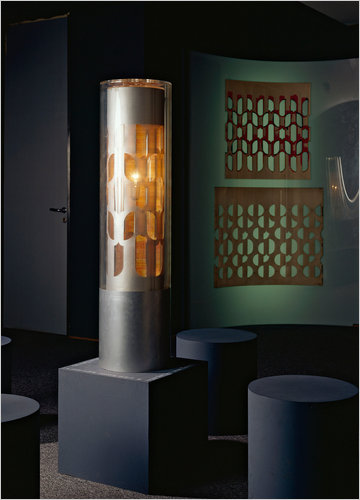
Martha Schwendener at the New York Times takes a less jaundiced and judgmental view of Brion Gysin's life and work than did Artnet's Ben Davis. Her concluding paragraph:
The audience for magic was small during Gysin’s lifetime. But young artists skeptical of scientific rationalism — or whatever brand of theory they’ve been offered at art school — are finding Gysin’s approach alluring. Which is why, in a bout of art historical conjuration, his reputation as an “unsuccessful artist” is being overturned.
As a refudiation (thank you, Sarah Palin!) of Ben Davis's smug materialism this appeals but as noted earlier, Gysin "is not in need of debunking any more than he is in need of posthumous inflation." It doesn't matter whether the artists interested in Gysin are "young" or not, they only need be younger than Gysin (that is, alive) for his continuing influence to be noted.
The rather handsome photo of Brion Gysin's Dreamachine installation (as installed at the New Museum) by Naho Kabuta deserves a reality check in the form of this photo from the Internet of an earlier incarnation (in Bristol, England):
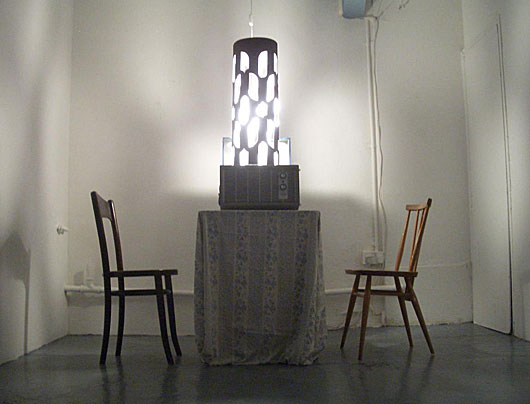
The New Museum tends to confer instant fabulousness on everything inside it but let's remember that the Dreamachine is something you experienced with eyes closed, so you could put it on top of an old tablecloth and it would still take you higher.
More coming on what some of what those younger-than-Gysin artists are doing with his imagery floating around the Net.


